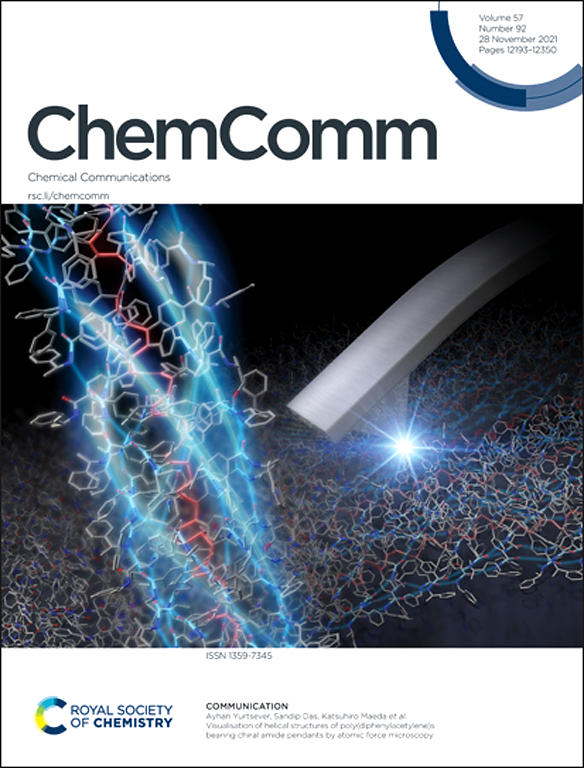Impact of Harmful Ions in Seawater on Electrolysis Catalysts: Challenges and Mitigation Strategies
IF 4.3
2区 化学
Q2 CHEMISTRY, MULTIDISCIPLINARY
引用次数: 0
Abstract
Direct seawater electrolysis presents a promising solution to address both freshwater scarcity and the growing demand for green hydrogen in regions abundant in renewable energy. This study first investigates the electrochemical mechanisms of seawater electrolysis, decomposing the process into cathodic and anodic reactions. It then reviews the impact of seawater’s complex ionic composition on electrocatalyst performance, focusing on activity, selectivity, and stability. The challenges posed by anionic interference from Cl- and Br-, and cationic interference from Mg2+ and Ca2+, are discussed, along with effective mitigation strategies. Solutions to mitigate the impact of anions on the anode, such as heterojunction engineering, nanostructure design and constructing anti-corrosion layers, are proposed. Anodic small molecule oxidation is employed as an alternative to the oxygen evolution reaction (OER) to decrease overall energy consumption. For the cationic interference on the cathode, strategies like maintaining hydrophobicity of the electrode and electrolysis cell design are suggested. Finally, this review summarizes remaining challenges, presents feasible solutions, and highlights key considerations for scaling up seawater electrolysis for commercial hydrogen production. This review provides valuable insights to accelerate the development of sustainable, large-scale seawater hydrogen production technologies.直接电解海水为解决淡水匮乏和可再生能源丰富地区对绿色氢气日益增长的需求提供了一种前景广阔的解决方案。本研究首先探讨了海水电解的电化学机制,将这一过程分解为阴极反应和阳极反应。然后,研究回顾了海水复杂的离子成分对电催化剂性能的影响,重点关注活性、选择性和稳定性。讨论了 Cl- 和 Br- 的阴离子干扰以及 Mg2+ 和 Ca2+ 的阳离子干扰所带来的挑战,以及有效的缓解策略。提出了减轻阴离子对阳极影响的解决方案,如异质结工程、纳米结构设计和构建防腐蚀层。阳极小分子氧化被用来替代氧进化反应(OER),以降低总体能耗。针对阴极上的阳离子干扰,提出了保持电极疏水性和电解槽设计等策略。最后,本综述总结了仍然存在的挑战,提出了可行的解决方案,并强调了扩大海水电解商业制氢规模的关键注意事项。本综述为加速开发可持续的大规模海水制氢技术提供了宝贵的见解。
本文章由计算机程序翻译,如有差异,请以英文原文为准。
求助全文
约1分钟内获得全文
求助全文
来源期刊

Chemical Communications
化学-化学综合
CiteScore
8.60
自引率
4.10%
发文量
2705
审稿时长
1.4 months
期刊介绍:
ChemComm (Chemical Communications) is renowned as the fastest publisher of articles providing information on new avenues of research, drawn from all the world''s major areas of chemical research.
 求助内容:
求助内容: 应助结果提醒方式:
应助结果提醒方式:


